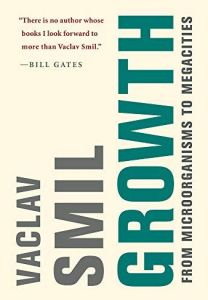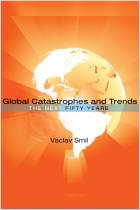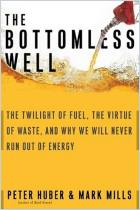Únase a getAbstract para acceder al resumen.

Únase a getAbstract para acceder al resumen.
Vaclav Smil
Growth
From Microorganisms to Megacities
MIT Press, 2019
¿De qué se trata?
Human civilization’s survival requires setting strict limits on growth.
Recommendation
Just about everything on Earth grows in one way or another – within limits. Natural creatures grow at various paces, and follow various trajectories, steep or slow, from birth to maturity to their ultimate demise. Collections of animals and plants, which concentrate in specific regions or spread across the globe, grow at circumscribed rates. People have long embraced the idea that human civilization, including technology and the economy, can grow steadily forever. But, professor Vaclav Smil insists, continuous material growth is not possible. Offering data and graphs on a sometimes stupefying scale, Smil illuminates the concept of growth in rigorous detail, and makes an overwhelming case for the reality that human beings must give up their fixation on the value of growth.
Summary
About the Author
Czech-Canadian scientist and policy analyst Vaclav Smil is distinguished professor emeritus in the Faculty of Environment at the University of Manitoba in Winnipeg. His interdisciplinary research encompasses studies in energy, the environment, food, population, and in economic, historical and public policy.























Comment on this summary